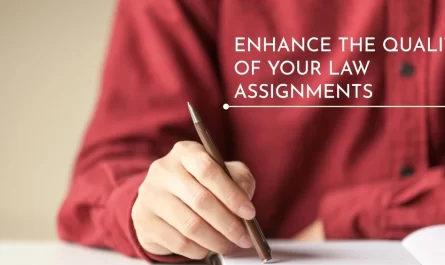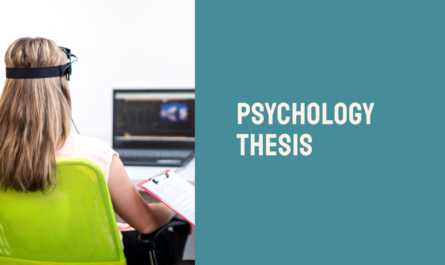Striking a Balance for Academic Growth
Students often encounter challenges and setbacks while completing assignments in pursuing academic excellence. This raises the question: Should students be allowed to redo their assignments? By exploring the benefits and drawbacks of this practice, we can determine the best approach to foster academic growth and accountability. In this blog, we will delve into the advantages of allowing students to redo assignments, consider the potential drawbacks, and propose strategies for finding a balanced approach. So, let’s dive in!
Benefits of Allowing Students to Redo Assignments: Enhancing Learning and Understanding: When students can redo their assignments, they can deepen their comprehension of the subject matter. By revisiting their work, students can identify areas of weakness, correct mistakes, and solidify their knowledge.
Encouraging Perseverance and Growth Mindset
Encouraging perseverance and fostering a growth mindset through assignment redos can have long-lasting student benefits. By allowing them to revise their work, students embrace mistakes as valuable learning opportunities rather than failures. They develop resilience and understand that improvement comes from persistent effort and reflection. This mindset shift empowers students to approach challenges positively, embracing the learning process as a continuous growth and development journey. It equips them with essential skills beyond academic success, benefiting them in various aspects of their lives.
Improving Overall Academic Performance
Redoing assignments can positively impact students’ academic performance. By addressing gaps in their understanding and applying feedback received, students can boost their grades and achieve better outcomes.
Drawbacks of Allowing Students to Redo Assignments: Potential for Dependency and Lack of Responsibility: One concern regarding allowing students to redo assignments is the potential for dependency and a lack of responsibility. If students know they can always redo their work, they may become reliant on this option instead of putting in the necessary effort the first time.
Increased Workload for Teachers
The increased workload for teachers can lead to timely and comprehensive feedback challenges. With multiple versions of the same assignment to review and offer guidance, teachers may need help to allocate sufficient time and attention to each student’s work. This can hinder the teacher’s ability to provide constructive feedback in a timely manner, potentially affecting the overall learning experience for students. Striking a balance between allowing assignment redos and managing teachers’ workloads becomes crucial to ensure effective support and guidance for student progress.
Difficulty in Assessing True Learning Outcomes
Redoing assignments can make it challenging for teachers to assess students’ authentic learning outcomes accurately. With multiple attempts, it becomes harder to determine whether the student has genuinely understood the material or has learned how to improve their assignment based on feedback.
Finding a Balanced Approach: Setting Clear Guidelines and Limitations: To strike a balance, it is crucial to establish clear guidelines and limitations for redoing assignments. This ensures that students understand when and how to request a redo, preventing an over-reliance on this option.
Incorporating Alternative Assessment Methods
Instead of relying solely on traditional assignments, incorporating alternative assessment methods can provide a more comprehensive evaluation of students’ abilities. Projects, presentations, and discussions can offer opportunities for students to showcase their understanding in different ways. These methods can also foster creativity, collaboration, and communication skills essential for the 21st century. Furthermore, alternative assessment methods can accommodate diverse learning styles and preferences, such as visual, auditory, or kinesthetic learners. Teachers can use various assessment methods to ensure that all students have a fair chance to demonstrate their knowledge and skills.
Promoting Self-Reflection and Goal Setting
Encouraging self-reflection and goal setting is vital in helping students understand the purpose of redoing assignments. Students develop a sense of ownership over their learning process by guiding them to analyze their mistakes and set specific improvement goals. Teachers can facilitate this process by providing constructive, timely feedback aligned with the learning objectives. Feedback should also highlight the strengths and areas of improvement for each student. By promoting self-reflection and goal setting, teachers can help students become more motivated, confident, and independent learners.
Conclusion
Allowing students to redo assignments can offer significant benefits, including enhanced learning, perseverance, and improved academic performance. However, addressing potential drawbacks such as dependency and workload concerns is essential. Educators can strike a balance that fosters accountability, growth, and a meaningful learning experience by setting clear guidelines, incorporating alternative assessment methods, and promoting self-reflection. So, let’s embrace the opportunity for students to learn from their mistakes and grow into confident and competent learners.
Remember, if you ever find yourself overwhelmed with assignments or the online learning process, you can always seek assistance from professionals who offer services like “Take my online course for me.” They can provide the support you need to navigate the challenges and make the most out of your educational journey.



